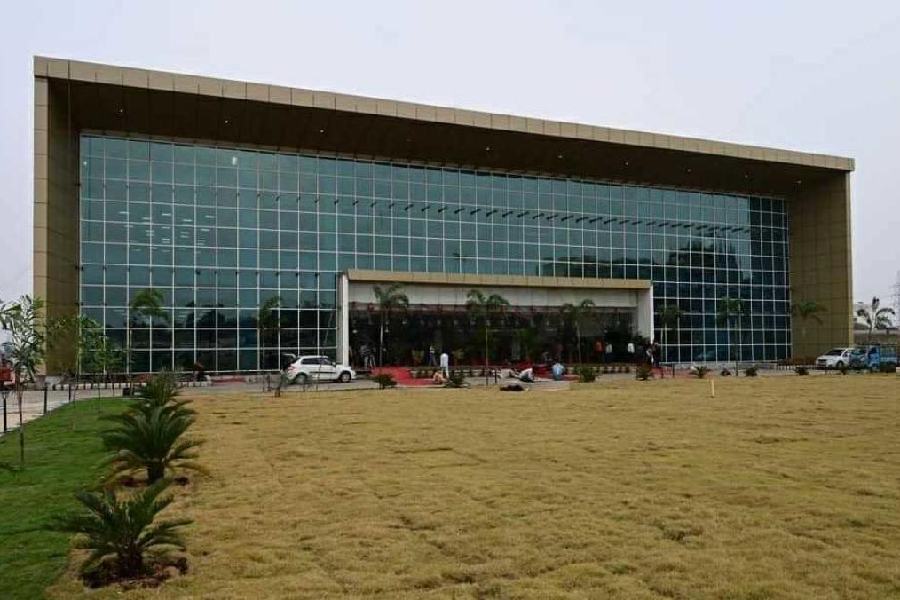IIM Ranchi became the first among 21 IIMs of the country to name its administrative, academic and library blocks in memory of tribal freedom fighters.
“Through this initiative, the institute aims to cultivate a profound sense of patriotism and respect for the nation’s heritage among its students and faculty. We have now placed the name of the tribal freedom fighters near the entrance of the blocks. Within a couple of months, we would be placing a brief life history of the tribal martyrs also near the blocks. We are the first among the IIMs to name blocks after tribal heroes,” said IIM Ranchi director Deepak Kumar Srivastava.
While the administrative block has been named after Birsa Munda, the academic block has been named after Nilamber and Pitamber, The academic programme office, the IT office and the placement unit have been named after Sidhu Murmu. The computer lab and executive education classrooms have been named after Kanhu Murmu.
Tribal icon Birsa Munda was the valiant leader who spearheaded the Munda rebellion advocating the rights of the Adivasi community against British rule while Nilamber and Pitamber are both remembered for their resistance against British colonial administration and fight against exploitation and injustices faced by tribals under the British.
Sidhu Murmu and Kanhu Murmu (known for leading Santhal uprisings against British colonial rule) rebelled against the oppressive policies and taxes imposed by the colonial administration which heavily burdened the indigenous people.
“The influence of tribal freedom fighters in Jharkhand has been profound, laying the groundwork for resistance against colonial oppression and championing the rights and dignity of indigenous peoples. Their legacy continues to inspire contemporary movements for social justice and equality in the region. These dedicated blocks serve as perpetual reminders of India’s tribal freedom fighters and the rich cultural tapestry of the independence movement,” said a spokesperson of the institution
“By immersing students and staff in the stories of these historical icons, IIM Ranchi aims to ignite feelings of patriotism, resilience, and a steadfast dedication to justice and liberty. The decision underscores IIM’s unwavering commitment to preserving and celebrating India’s history, paying homage to the sacrifices made by those who fought for freedom, and inspiring future generations to uphold the values of courage and perseverance,” the spokesperson added.
Since its establishment in 2009, IIM Ranchi operated from a temporary campus in Suchana Bhavan (behind the Governor’s house) with the students’ hostel at Khelgaon. In 2021, the institute shifted to its permanent campus on a 60-acre plot in Dhurwa, Ranchi.
Courses for ST students
IIT Indian School of Mines (ISM) Dhanbad started the capacity-building programme on basic level information technology and computer training for more than 1,500 tribal students of Classes X, XI and XII of seven Eklavya Model Residential Schools (EMRS) in different districts of Jharkhand from Monday.
EMRS aims to provide free education to Scheduled Tribe children from Classes V to XII in residential set-up under a scheme implemented by the central government.
The sessions took place at the EMRS schools in Kathijoria (in Dumka), Godda, Ranchi, Lohardaga, West Singhbhum, Dumka and Bhognadih (Sahebganj).
“The course will be conducted in hybrid mode and total duration of the course will be one year divided into two semesters of 13 weeks each. Reading material in Hindi for the entire one-year basic level programme will be delivered to the students at the start of the programme,” said Rashmi Singh who is the principal investigator of the project in IIT (ISM).
Reading materials in the Santhali language, which is the dominant tribal language in the EMRS schools, will be kept in the school library for the reference of the students. Assignments will be given to the students every week to test their progress.











